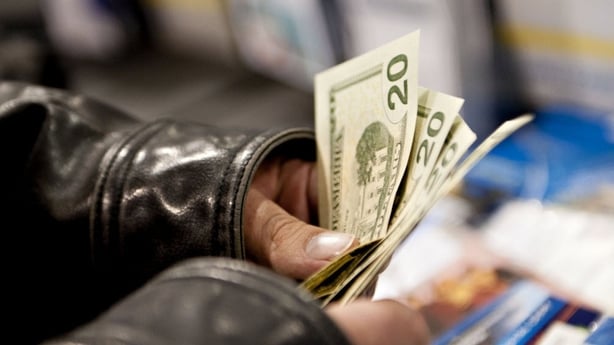US economic growth slowed less sharply in the first quarter than initially thought, but the weakness was likely an aberration amid a strong labour market that is near full employment.
US gross domestic product increased at a 1.2% annual rate instead of the 0.7% pace reported last month, the Commerce Department said in its second estimate today.
That was the weakest performance since the first quarter of 2016 and followed a 2.1% rate of expansion in the fourth quarter.
The US government revised up its initial estimate of consumer spending growth, but said inventory investment was far smaller than previously reported.
The sluggish first-quarter growth pace is, however, probably not a true reflection of the economy's health.
GDP for the first three months of the year tends to underperform because of difficulties with the calculation of data that the government has acknowledged and is working to resolve.
Economists polled by Reuters had expected GDP growth would be revised up to a 0.9% rate.
Still, the weak performance at the start of the year is a blow to President Donald Trump's ambitious goal to sharply boost economic growth rates.
During the 2016 campaign Trump had vowed to lift annual GDP growth to 4%, though administration officials now see 3 percent growth as more realistic.
The Trump administration has proposed a range of measures to spur faster economic growth, including big tax cuts.
But analysts are skeptical that fiscal stimulus, if it materialises, will fire up the economy given weak productivity and labour shortages in some areas.
There are signs GDP growth regained speed early in the second quarter, with industrial production accelerating in April.

But hopes of a sharp rebound in growth have been tempered by weak business spending, a modest increase in retail sales last month, a widening of the goods trade deficit and decreases in inventory investment.
Economic growth in the first quarter was affected by a near stall in consumer spending and a sharp slowdown in the pace of inventory accumulation by businesses.
Growth in consumer spending, which accounts for more than two-thirds of US economic activity, rose at a 0.6% rate instead of the previously reported 0.3% pace.
That was still the slowest pace since the fourth quarter of 2009 and followed the fourth quarter's robust 3.5%growth rate.
Businesses accumulated inventories at a rate of $4.3 billion in the last quarter, rather than the $10.3 billion reported last month.
Inventory investment increased at a $49.6 billion rate in the October-December period. Inventories subtracted 1.07 percentage point from GDP growth instead of the 0.93 percentage point estimated last month.
Business spending on equipment was revised to show it rising at a 7.2% rate in the first quarter rather than the 9.1% that was previously reported.

